Last updated on
Discover the possibilities of financing your dream kitchen cabinets, making them more affordable and accessible for a stunning home transformation.
Renovating your kitchen can be an exciting project. However, it can also be quite costly.
One of the most significant expenses when renovating a kitchen is purchasing new cabinets. With so many options available in the market, it’s easy to get overwhelmed and wonder if you can afford them.
Fortunately, there are ways to finance your kitchen cabinets that make them more accessible than ever before. In this article, we’ll explore whether financing kitchen cabinets is a viable option for you and what factors you need to consider before making a decision.
So let’s dive in!
What's Inside
Exploring Financing Options

Each option has its own set of pros and cons, so it’s essential to explore them thoroughly before making a decision. One popular choice is bank loans for cabinets.
These loans typically have lower interest rates than credit cards or personal loans but require good credit scores and collateral.
Another option is home improvement loans that allow you to borrow money based on the equity in your home. These types of loans usually have longer repayment terms than other financing options but may come with higher interest rates.
Personal Loans for renovation are also an alternative worth considering if you don’t want to use your home as collateral or need funds quickly without going through a lengthy approval process.
Credit card financing can be another way of paying for kitchen cabinets; however, they often come with high-interest rates and fees that can add up over time.
In-store Financing Programs offered by cabinet retailers provide customers with flexible payment plans tailored specifically towards their products’ purchase price range.
Online Lenders offer quick access to funds at competitive interest rates without requiring any physical visits or paperwork submissions like traditional banks do!
Cabinet Manufacturer Financing programs may also be available where manufacturers partner up with lenders offering special deals on their products’ purchase prices when financed through them directly!
Bank Loans for Cabinets
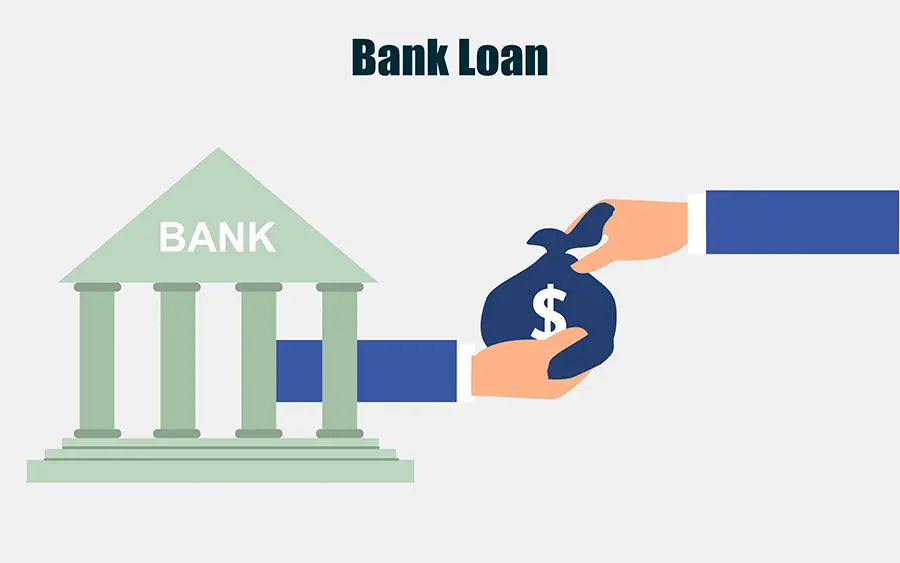
They offer competitive interest rates and flexible repayment terms, making them an attractive choice for homeowners looking to renovate their kitchens. However, getting approved for a bank loan can be challenging if you have poor credit or limited income.
To increase your chances of approval, it’s essential to prepare your credit score before applying. This means paying off any outstanding debts and ensuring that you have a good track record of making timely payments on previous loans or credit cards.
When considering bank loans as an option, it’s also important to create a realistic budget that takes into account the cost of the cabinets themselves as well as installation fees and any additional expenses such as plumbing or electrical work.
Home Improvement Loans
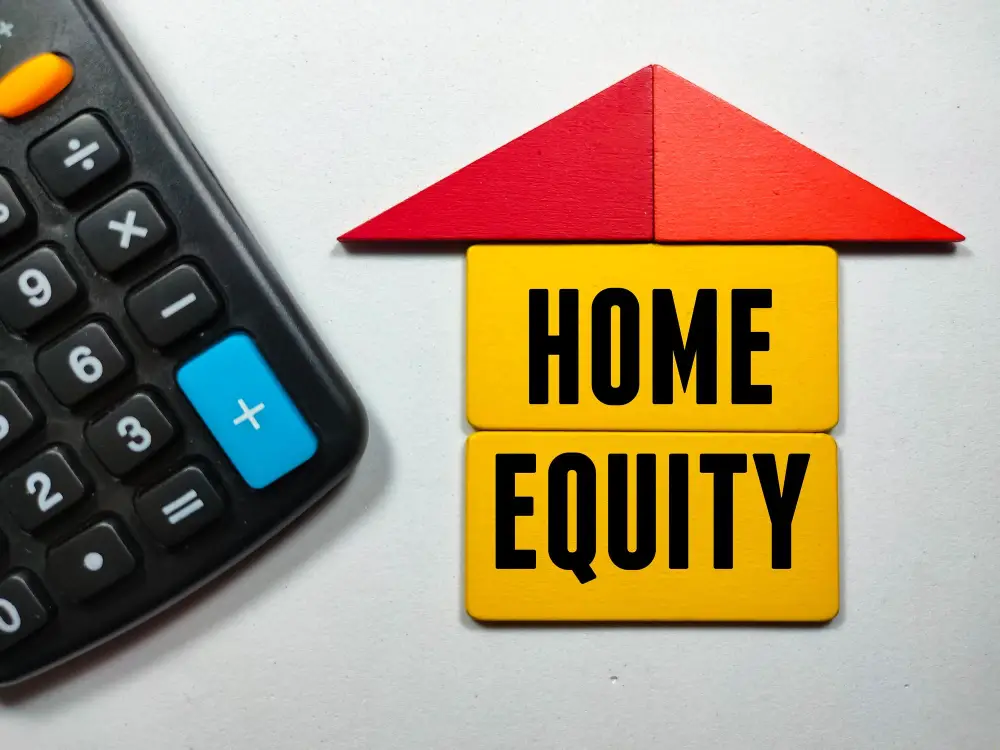
These loans are specifically designed for homeowners who want to make improvements or renovations on their property. Home improvement loans typically have lower interest rates than personal loans and credit cards, making them an attractive option.
There are two types of home improvement loans: secured and unsecured. Secured home improvement loans require collateral such as your house or car, while unsecured ones do not.
The amount you can borrow depends on factors like your credit score, income level, and the equity in your property.
One advantage of using a home improvement loan is that it allows you to spread out payments over time with fixed monthly installments that fit within your budget. However, keep in mind that these types of loan applications can take longer than other options due to additional paperwork requirements.
Before applying for a home renovation loan consider how much money you need versus what’s available based on the equity in your property; also think about whether this type of financing aligns with long-term financial goals since it will impact debt-to-income ratios when applying for future lines-of-credit or mortgages.
Personal Loans for Renovation

Personal loans are unsecured loans that can be used for any purpose, including home renovation projects. They typically have fixed interest rates and repayment terms ranging from one to seven years.
One of the benefits of using a personal loan for cabinet financing is that you don’t need collateral or equity in your home to qualify. However, keep in mind that because they are unsecured, interest rates on personal loans may be higher than other types of secured loans.
When applying for a personal loan, lenders will look at factors such as your credit score and income level to determine eligibility and interest rate offers. It’s essential to shop around with different lenders before committing to one offer so you can compare rates and terms.
Credit Card Financing
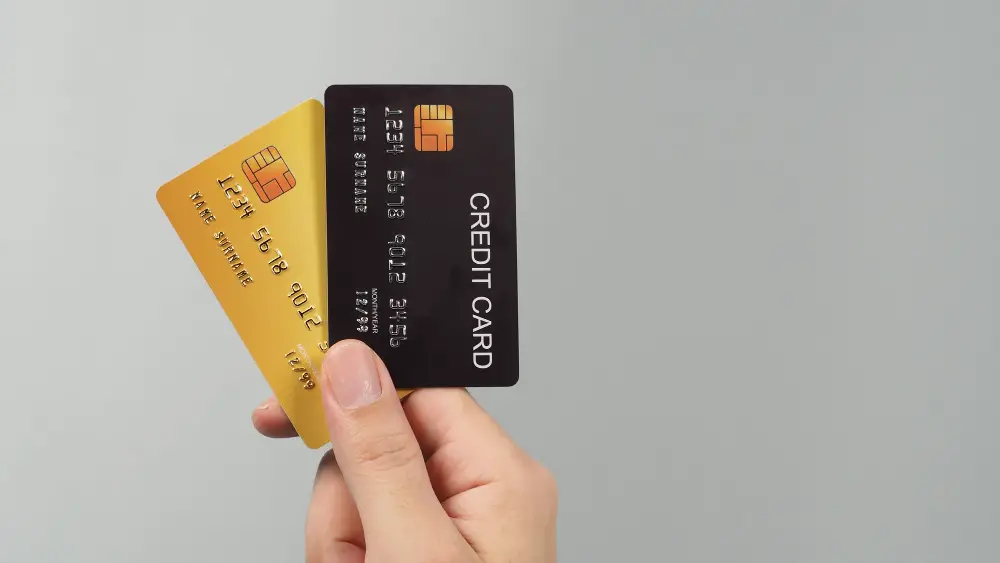
This method can be convenient and straightforward, especially if you already have a credit card with an available balance. However, it’s essential to keep in mind that the interest rates on credit cards are typically higher than other loan options.
Therefore, this may not be the best choice if you’re looking for long-term financing or have a large renovation project planned.
If you decide to use your credit card for cabinet financing, make sure to choose one with low-interest rates and favorable terms. Some companies offer promotional deals such as zero percent interest on purchases made within the first few months of opening an account.
It’s crucial to pay off your balance before any promotional period ends; otherwise, high-interest charges will apply retroactively from the date of purchase.
In-Store Financing Programs
Many home improvement stores offer their own financing plans, which can be a convenient and straightforward way of getting the funds you need. These programs often come with competitive interest rates and flexible repayment terms that suit different budgets.
One advantage of in-store financing is that it allows you to purchase everything you need for your kitchen renovation project in one place. This means that not only can you get the cabinets, but also other items such as countertops, appliances, flooring materials or lighting fixtures all under one roof.
However, before signing up for an in-store financing program make sure to read the fine print carefully and understand all fees associated with it. Some retailers may charge high-interest rates or hidden fees if payments are missed or delayed.
Online Lenders for Cabinet Financing

These lenders offer quick and easy access to funds with minimal paperwork and hassle. Many online lending platforms specialize in home improvement loans, making them an excellent choice for those looking to finance their kitchen cabinets.
When considering an online lender, it’s essential to do your research and compare different options carefully. Look at the interest rates offered by each lender as well as any fees or charges associated with the loan.
It’s also crucial that you understand the terms of the loan before signing on the dotted line. Make sure you know how much your monthly payments will be, when they are due, and what happens if you miss a payment.
Using an online lender can be a convenient way to finance your kitchen cabinets quickly.
Cabinet Manufacturer Financing

Many cabinet manufacturers offer their own financing programs, making it easier for customers to purchase their products. These programs often come with competitive interest rates and flexible repayment terms.
One of the benefits of choosing manufacturer financing is that you can get pre-approved before you start shopping for cabinets. This way, you’ll know exactly how much money you have available to spend on your renovation project.
However, it’s important to note that not all cabinet manufacturers offer financing options directly. In some cases, they may partner with third-party lenders or credit companies instead.
Before signing up for any manufacturer-financed program, make sure to read the fine print carefully and understand all the terms and conditions involved in borrowing money from them. Also be aware that these types of loans may require a down payment or collateral as security against defaulting on payments.
Equity-Based Financing
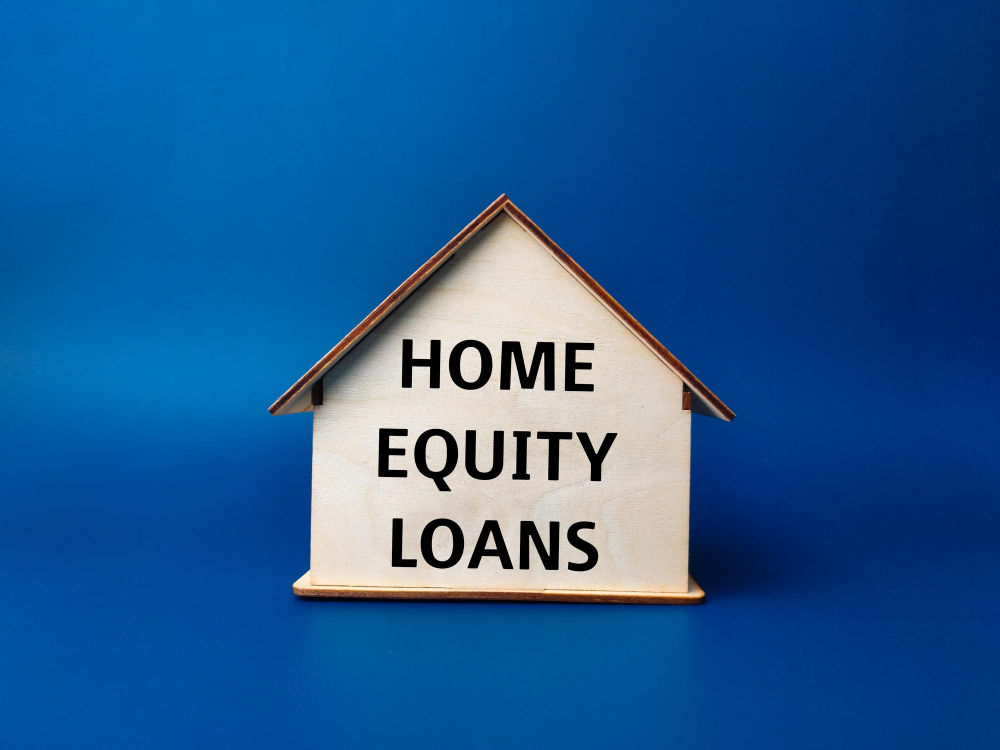
This type of loan uses the equity in your home as collateral, allowing you to borrow against it. The amount you can borrow will depend on the value of your home and how much equity you have built up over time.
One advantage of this type of financing is that interest rates are typically lower than other types of loans because they are secured by collateral. Since these loans use the value in your home as security, lenders may be more willing to lend larger amounts.
However, there are also risks associated with equity-based financing. If for any reason you cannot repay the loan or default on payments, then there’s a risk that you could lose ownership rights over part or all of your property.
Government-Backed Renovation Loans
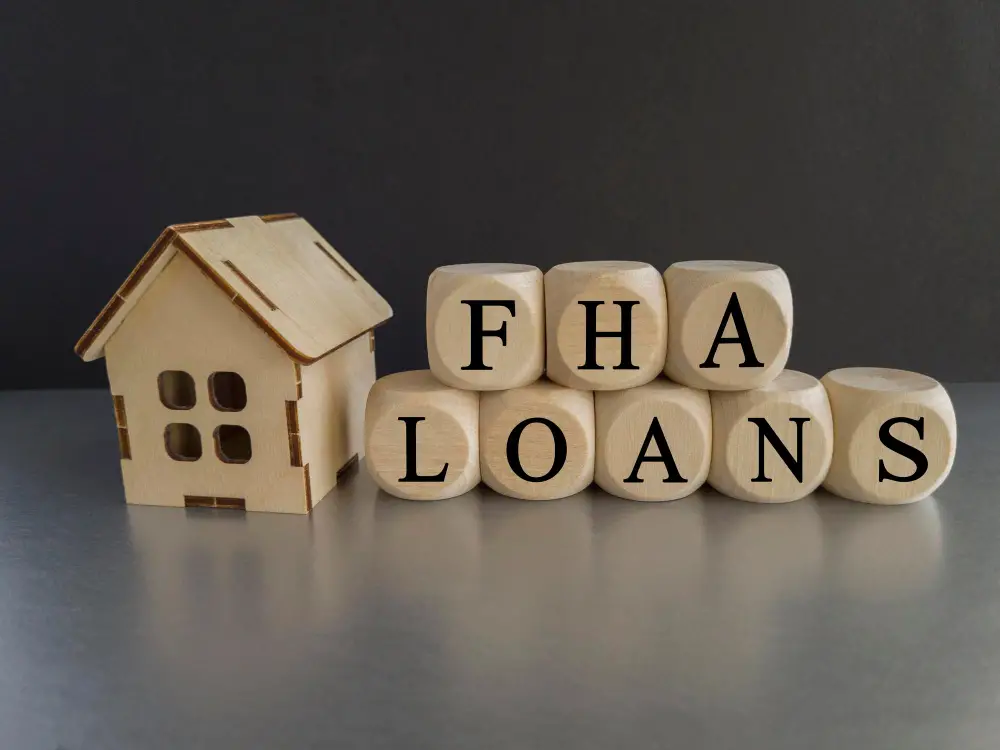
These loans are designed to help homeowners make necessary repairs or improvements to their homes, including upgrading their kitchens. The most popular government-backed loan program is the FHA 203(k) loan, which allows borrowers with lower credit scores and limited funds for a down payment to finance home renovations.
The FHA 203(k) loan can be used for various types of home improvement projects, including kitchen cabinet upgrades. However, it’s important to note that this type of loan has strict requirements and guidelines that must be followed.
For example, you’ll need a detailed proposal from a licensed contractor outlining the scope of work and cost estimates before applying for the loan.
There may be limits on how much you can borrow based on your income and location. It’s also worth noting that government-backed renovation loans typically have longer processing times than other financing options.
If you’re considering a government-backed renovation loan for your kitchen cabinet upgrade project, it’s essential first to research all available options thoroughly.
Lease-to-Own Programs
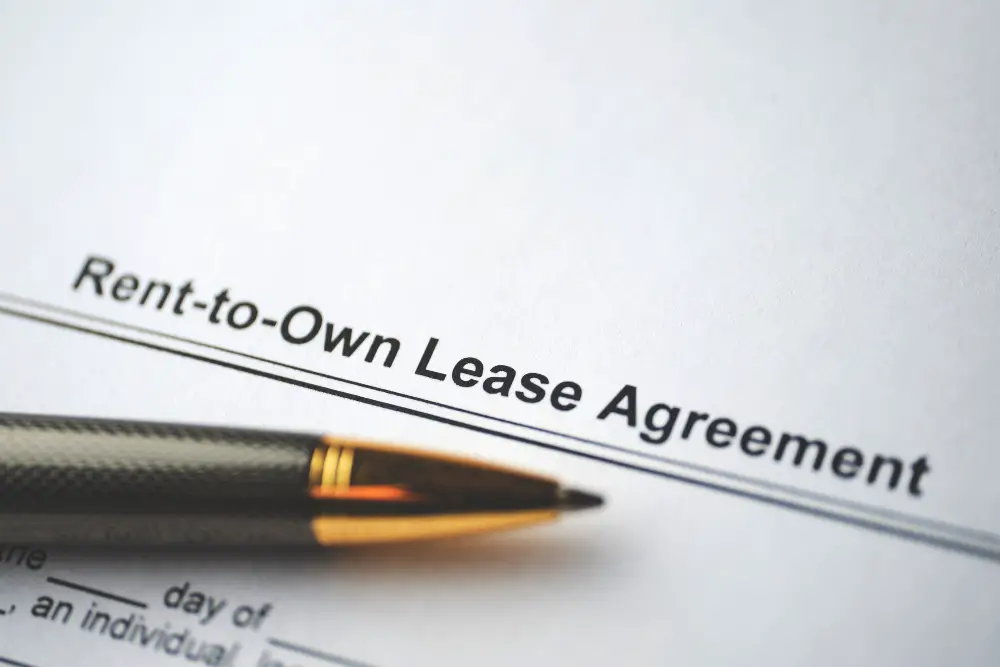
These programs allow you to rent your kitchen cabinets and pay monthly installments until they are fully paid off. Once the payment is complete, ownership of the cabinets transfers to you.
One advantage of this program is that it doesn’t require a credit check or down payment. However, keep in mind that these types of financing options often come with higher interest rates than traditional loans.
Before signing up for any lease-to-own program, make sure to read all terms and conditions carefully. Some companies may charge hidden fees or penalties if payments are missed or late.
Lease-to-own programs can be an excellent option if traditional loan options aren’t available due to poor credit scores or lack of funds upfront.
Buy Now, Pay Later Plans

These plans allow you to purchase your desired cabinets and pay for them in installments over time. The payment terms can vary depending on the provider, but they usually range from six months up to several years.
While Buy Now, Pay Later Plans may seem like an attractive option at first glance, it’s important to read the fine print carefully before signing up. Some providers may charge high-interest rates or fees if you miss a payment or fail to pay off your balance within the promotional period.
Before choosing this financing option, make sure that you have a solid plan in place for repaying your debt on time and avoiding any additional charges. It’s also essential that you factor in interest rates when creating your budget so that there are no surprises down the line.
Interest-Free Promotions

Many retailers offer these promotions as a way to attract customers and increase sales. With this type of promotion, you can finance your cabinets without paying any interest for a specific period, usually between six months to two years.
While it may seem like an excellent deal at first glance, there are some things you need to keep in mind before signing up for an interest-free promotion. First and foremost, make sure that you understand the terms and conditions of the promotion thoroughly.
Some retailers may require that you pay off the entire balance within the promotional period; otherwise, they will charge retroactive interest on your remaining balance.
If you fail to make payments on time or miss one altogether during this promotional period – even by just one day – then all accrued interests will be added back onto what’s owed immediately! Therefore it’s essential always read through every detail carefully before agreeing with anything so that there won’t be any surprises down later down the line.
Factors Affecting Loan Approval
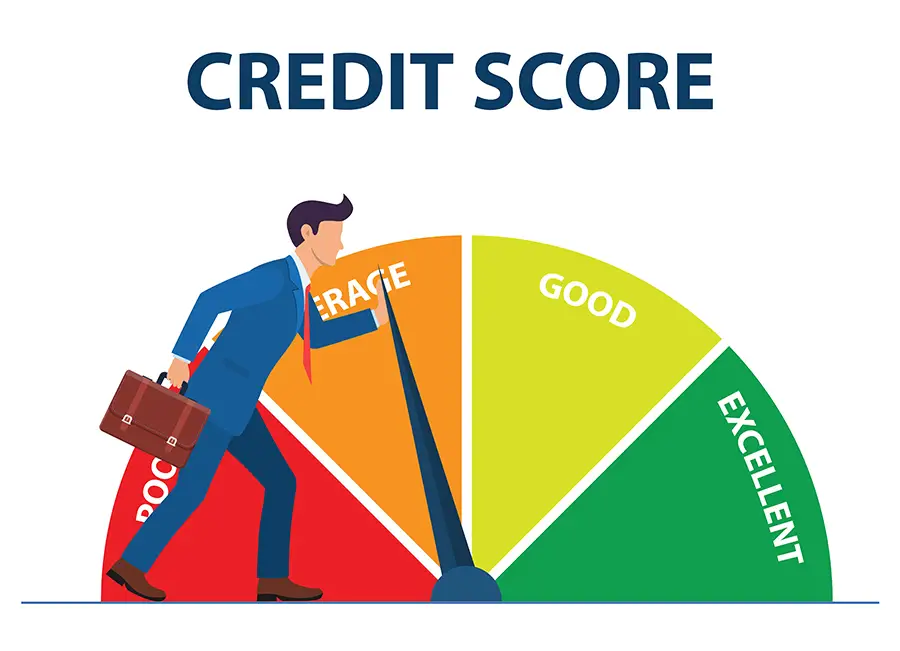
One of the most important is your credit score. Lenders use this number to determine how likely you are to repay the loan on time and in full.
A higher credit score generally means a better chance of approval and lower interest rates.
Another factor that lenders consider is your debt-to-income ratio (DTI). This measures how much debt you have compared to your income.
If you have a high DTI, it may be more challenging for you to get approved for a loan.
Your employment history and income stability also play an essential role in determining whether or not you’ll be approved for financing kitchen cabinets. Lenders want assurance that they will receive their money back, so having steady employment with consistent paychecks can increase the likelihood of getting approved.
Some lenders may require collateral as security against defaulting on payments if they deem necessary based on their assessment criteria.
Preparing Your Credit Score
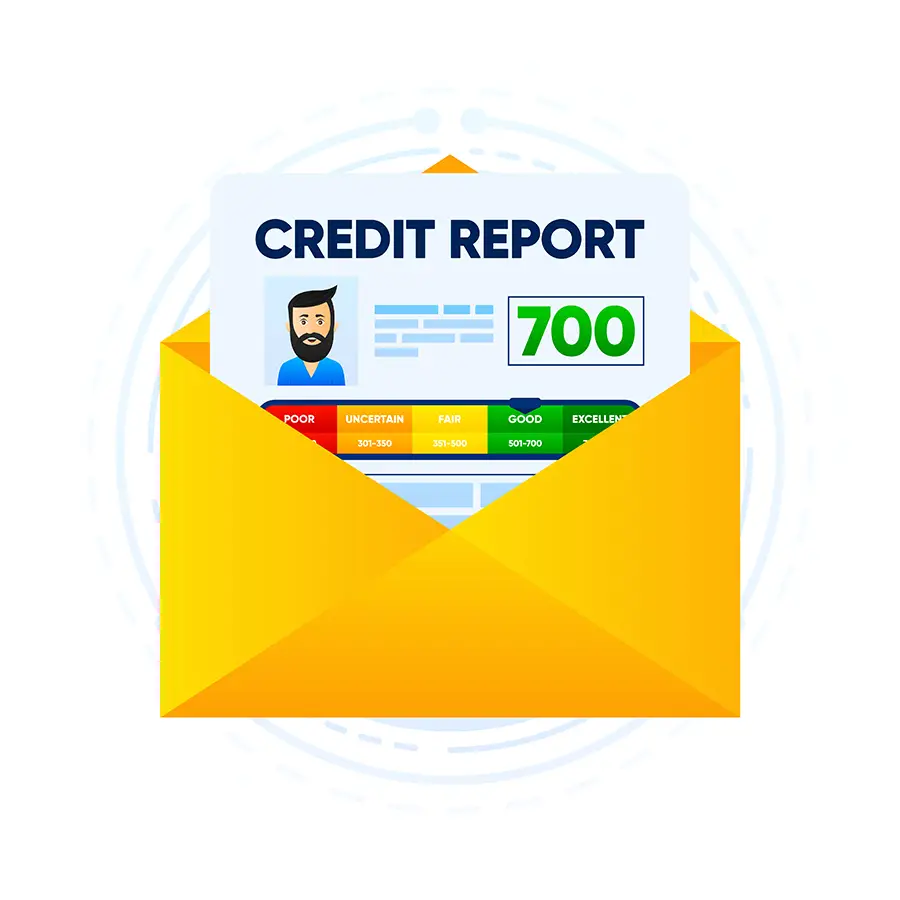
A good credit score can help you secure a loan with favorable terms and lower interest rates. On the other hand, a poor credit score may limit your options or result in higher interest rates.
To prepare your credit score for kitchen cabinet financing, start by obtaining a copy of your report from one of the three major bureaus: Equifax, Experian or TransUnion. Review it carefully and dispute any errors that could be negatively affecting your rating.
Next, pay off as much debt as possible before applying for new loans to improve both utilization rate and payment history on existing accounts. Avoid opening new lines of credits too close together since this can also hurt scores temporarily due to inquiries into reports.
Creating a Kitchen Cabinet Budget

Before you start shopping for cabinets or applying for loans, determine how much money you can afford to spend on this renovation project. Consider the size of your kitchen and the type of cabinets that will fit best with its design and functionality.
To create a realistic budget, research different cabinet styles and materials available in the market. Keep in mind that custom-made cabinetry may cost more than pre-fabricated ones but could be worth it if they meet specific needs or preferences.
Also, factor in additional expenses such as installation costs, hardware fees (handles/knobs), delivery charges (if applicable), taxes/fees associated with financing options chosen by you etc., while creating your budget plan.
Understanding Loan Terms and Conditions

This will help you make an informed decision about which option is best suited for your needs and budget.
Loan terms refer to the length of time you have to repay the loan, while conditions are specific requirements that must be met in order to qualify for a particular type of financing. For example, some loans may require collateral or a certain credit score range.
It’s important to carefully review all loan documents before signing on the dotted line. Make sure you understand how much interest will be charged over time and any penalties associated with late payments or early repayment.
Consider whether fixed or variable interest rates are more suitable for your financial situation. Fixed rates provide stability but may not offer as much flexibility as variable rates that can fluctuate based on market trends.
Tips for Comparing Financing Offers

First and foremost, you need to compare the interest rates offered by different lenders. A lower interest rate means that you’ll pay less in total over the life of your loan.
Another crucial factor is the repayment period or term length. Longer terms may seem more attractive because they offer lower monthly payments, but they also mean paying more in total due to higher interest charges.
You should also look at any fees associated with each financing option carefully. Some lenders charge origination fees or prepayment penalties that can add up quickly and increase your overall cost.
Make sure you understand all of the terms and conditions of each offer before making a decision. Read through all documents carefully and ask questions if anything is unclear.
FAQ
Can kitchen cabinets be financed?
Yes, kitchen cabinets can be financed partially or fully, allowing homeowners to afford higher quality or more custom options.
How much money can you save by building your own kitchen cabinets?
One can save approximately 66% by building their own kitchen cabinets, but the cost of tools and time for inexperienced woodworkers reduces these savings significantly.
What are the different financing options available for purchasing kitchen cabinets?
Financing options for purchasing kitchen cabinets include credit cards, personal loans, home equity loans, and in-store financing.
How do interest rates and loan terms affect the overall cost of financing kitchen cabinets?
Higher interest rates and longer loan terms increase the overall cost of financing kitchen cabinets.
Are there any special lender programs or promotions for financing kitchen renovations, including cabinets?
Yes, special lender programs and promotions for financing kitchen renovations, including cabinets, are available.




